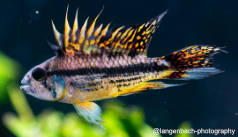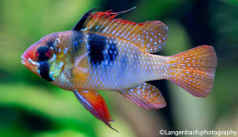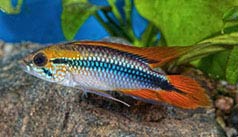

Alternative species (click on the thumbnail to see the card)
Names
Scientific name
Apistogramma borellii
Common name
Umbrella cichlid
Umbrella apisto
Yellow dwarf cichlid
Origin

Origin: South America, Brazil, Paraguay and Argentina
Biotope: Amazonian
Dimorphism
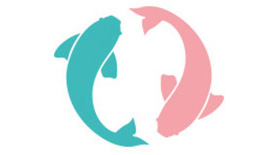
The male is taller and much more colorful than the female. The female is usually yellow/beige.
Group
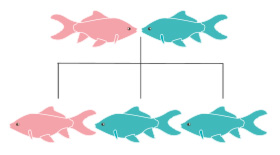
Cichlidae
Volume

60L / 13imp gal / 16US gal for a couple
120L / 26imp gal / 32US gal for a harem
Parameters

T°: 22 à 27°C or 72 to 81°F
pH: 5.5 to 7.5
Hardness: 1 to 10°dGH
Difficulty

Easy
Size

4cm/1.6" (female) to 7cm/2.8" (male)
Longevity

3 years
Living zone
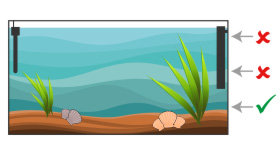
Depth
Individuals

Couple or harem
Food
How to feed the Umbrella cichlid?
Food
How to feed the Umbrella cichlid?
Apistogramma borellii is carnivorous. In the wild, it hunts small insects, crustaceans and mosquito larvae. In fishkeeping, you can feed it with commercially available tropical fish food, in the form of pellets or flakes. However, this type of food must absolutely be alternated with live or frozen prey, such as vine worms or artemia for example. The benefits of varying the menus are, not only, improved health, and more lively behavior (stimulated by hunting), but also an accentuated coloration for your greatest delight!
Behavior
What kind of behavior does the Umbrella cichlid have?
Behavior
What kind of behavior does the Umbrella cichlid have?
It is quite calm, it is also one of the most peaceful species of dwarf cichlids. They swim peacefully in the bottom of the aquarium, always looking for food. Nevertheless, it can become a bit aggressive during the breeding season. In fact, it is still a territorial fish that will defend its living area. To avoid a maximum of conflicts in a community aquarium, plan an aquarium large enough so that everyone’s territories can be juxtaposed without problem!
Apistogramma borellii has a timid and fearful temperament. To calm its anxieties, do not hesitate to plant your aquarium and add roots: it will create hiding places and withdrawal areas highly appreciated by your fish. Do not forget this simple principle: the more the Apistogramma feels safe (and therefore will have many hiding places), the more inclined it will be to mount! Moreover, it is always close to the plants and almost does not exploit the more unobstructed areas.
Cohabitation
Who can live with the Umbrella cichlid?
Cohabitation
Who can live with the Umbrella cichlid?
Isolation will make the fish feel alone. The minimum acceptable maintenance in terms of sociability is the constitution of a couple, for an aquarium of less than 120 liters or 26 Imp Gal or 32 US Gal. For the maintenance of a group, choose a configuration in harem, with 1 male for 2 or 3 females. This group will necessarily organize itself around a hierarchy. For this to be established, small clashes can occur between individuals wanting to assert their dominance. Note that males are territorial and may be aggressive during breeding, both with their conspecifics than with other species occupying the tank. Because of its territorial nature, especially between males, avoid keeping two males in an aquarium of less than 120 liters or 26 Imp Gal or 32 US Gal. Attention, the rivalry between males is valid for all species of Apistogrammas. Thus, never introduce 2 Apistogramma males in an aquarium that is too small, whatever their species. Finally, note that cohabitation with other species of Apisto is often at the expense of Borellii, that is smaller and calmer. Attention therefore to this type of association.
For the well-being of this shy little fish, do not introduce fish into the aquarium that are too bright, aggressive or too big because the Apistogramma will hide and finally die. On the other hand, if you have territorial fish but that are peaceful, there will be no problem. You can choose for example Tetras or other Characidae, Neon, Cardinalis, Copella nattereri, Otocinclus...
Avoid shrimp: at adult size there will be no problems, but juvenile shrimp will inevitably be eaten.
Corydoras are not welcome in an aquarium with Apistogramma because they share the same living area. In addition, the highly planted aquarium required by this fish does not meet the needs of Corydoras, who prefer open aquariums.
Breeding
How to breed the Umbrella cichlid?
Breeding
How to breed the Umbrella cichlid?
The breeding of the apistogramma borellii is possible for beginners, even if your fish are in a community aquarium.
When the pair is formed, the male hunts the other occupants of the tank. The female is responsible for cleaning the nesting area. Once finished, it releases its eggs that the male fertilizes thereafter. The couple will protect the eggs throughout the incubation period. The brood has about 50 eggs.
Once hatched, the female will defend the fry and prevent all the inhabitants of your tank from approaching it, including the male.

The fry are able to feed themselves if your aquarium is balanced and well-honed: they have a micro-nutritive fauna. To complete, you can give them artemia nauplii.
Its aquarium
Which aquarium for the Umbrella cichlid?
Its aquarium
Which aquarium for the Umbrella cichlid?
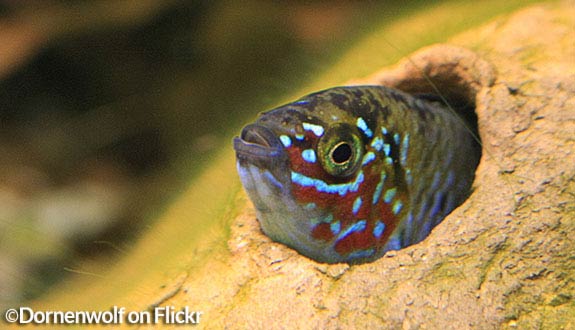
To calm the fearful temper of this species, a planted aquarium with many hiding places is essential. The decoration may include, for this purpose, roots and some rocks (not limestone). Suggest why not a vase or half a coconut for even more comfort. The Apistogrammas will settle there without difficulty.
As for the choice of plants, prefer fairly tall plants with significant shade. Floating plants sifting light will also be welcome.
As for water, peat filtration is recommended to simulate black water reminiscent of the Amazonian biotope from which this fish is derived. It will also help you to keep a PH above 7.
Good To know
Find all additional information!
Good To know
Find all additional information!
This fish may have several dominant color ranges depending on their strain (closely related to their geographical distribution). You can find brown / yellow or blue Apistogrammas. The latter (the blues) are called Apistogramma borellii Opal:
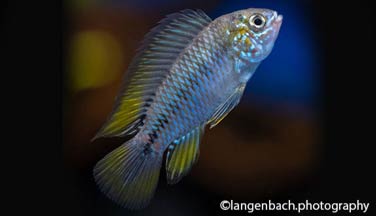
Yours photos!
Comments
Sort by:
Please login to post comments

